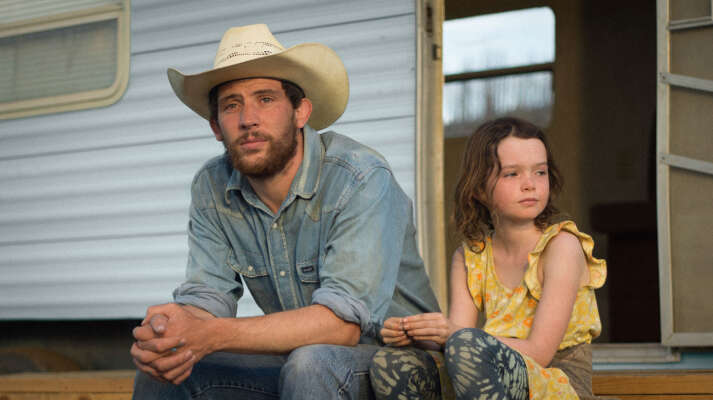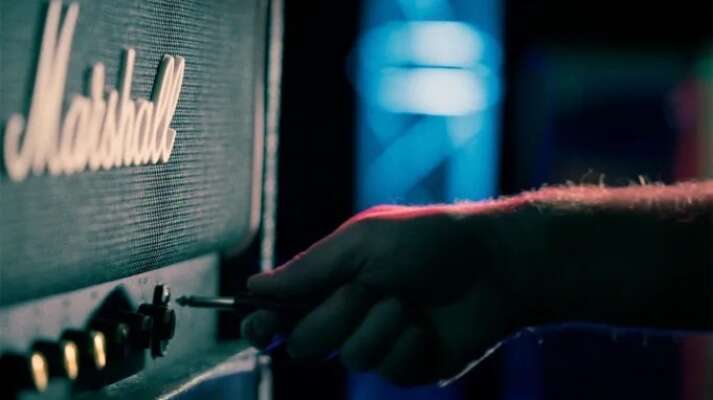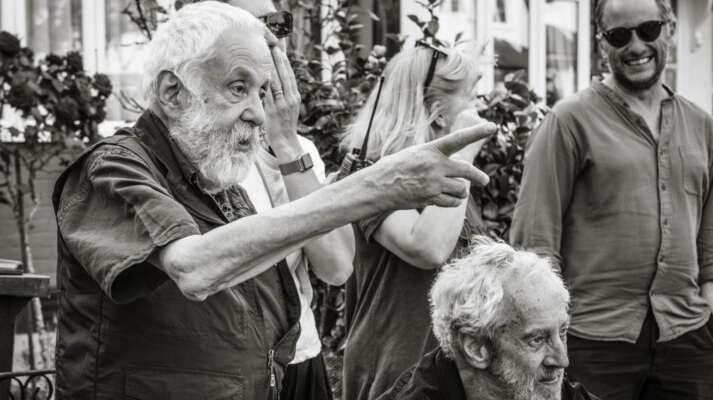Looking Back Ten Years
Remembering the victims of the attacks dramatized in Hotel Mumbai
Looking Back Ten Years
Written by Peter Bowen
The tragic events that rocked the city of Mumbai and the nation of India in November of 2008 are brought to the screen in Anthony Maras’ Hotel Mumbai. After hitting various spots across Mumbai, the terrorists finally occupied their primary target, the Taj Mahal Palace Hotel. For nearly three days, the hotel’s guests and staff (portrayed by Dev Patel, Armie Hammer, Nazanin Boniadi, and Anupam Kher among others) banded together to help each other escape the omnipresent danger of armed operatives in the building. When the attacks finally ended, India—and the rest of the world—emerged forever changed but also in awe of the countless acts of courage and self-sacrifice recounted by the survivors. On November 26, 2018, India marked the ten-year anniversary of that momentous event—honoring the victims, looking towards the future, and observing how such tragedies connect us all.
A Nation Remembers
On Twitter, Prime Minister Narendra Modi wrote on November 26, 2018, “A grateful nation bows to our brave police and security forces who valiantly fought the terrorists during the Mumbai attacks." His was just one of the many proclamations from Indian and international politicians recognizing the significance of that day. The United States’ State Department announced a reward of up to $5 million dollars for information that helps bring those responsible to justice. At the Martyrs' Memorial on Marine Drive in Mumbai, police and political dignitaries gathered at a shrine built in 2009 to honor the 18 officers lost during the attacks. Presenting floral tributes at the shrine, Maharashtra Chief Minister Devendra Fadnavis said, “I pay homage to the brave policemen who fought for Mumbai's safety and laid down their lives for us.”

Chhatrapati Shivaji Terminus Railway Station Changes
The first and hardest hit target was the Chhatrapati Shivaji Terminus railway station. To mark the ten-year anniversary of the attack, lights went off at the railway station for a short period. On platform nine, officials erected a memorial with the names of all fifty people killed at the station that day. There is little to remind visitors of what happened at the station other than new metal detectors and an enhanced police presence. But for those who were there, emotions remain strong. Parcel clerk Janmajay S. Pimparkar exclaimed, “If something like this happens again, I will fight back."
The Taj Mahal Palace Hotel Recognizes the Heroes

During the attacks, the Taj Mahal Palace Hotel was nearly destroyed with parts burned down and other sections demolished by bomb explosions. Refusing to be defeated, the Taj reopened part of the hotel for business by December 21, 2008, less than a month after the attack. The hotel marked the 10-year anniversary with a private ceremony, tweeting out, “Today, we choose to celebrate the heroes. To recognize the courage and compassion that elicited support from across the world.” Puneet Chhatwal, the managing director of the Indian Hotels Company, acknowledged at the same time, “I don’t think ten years is long enough to forget if one was ever to forget this dark moment in history.”
The Nariman House Brings Light
The Nariman House, the Chabad house for the local Jewish population, was one of the primary targets of the Mumbai attackers. On November 26, two terrorists entered the building, taking hostages before barricading themselves in one of the upper floors. For two days, National Security Guard commandos fought to reclaim the building, finally launching an all-out attack on November 28 with teams rappelling from a helicopter above as well as others fighting their way up the staircase. While six hostages, including Rabbi Holtzberg and his wife, were killed, an Indian nanny rescued the Rabbi’s two-year-old son Moshe. On January 18, 2018, nearly ten years after the attack, Moshe returned to Mumbai for the first time to help open a memorial at the Nariman House. On November 26, 2018, the memorial was opened. The Nariman house marked the ten-year anniversary of the attacks by renaming itself the Nariman Lighthouse, a memorial to all of those who lost their lives during the Mumbai attacks. “Even as the attack took place at many locations, we felt that it was one attack and the memorial should have all the names together,” explains Rabbi Israel Kozlovsky about the people listed on a plaque at the house’s waterfall monument. As visitors move through the memorial, they experience the event by moving from darkness into light. The fourth floor, which still bears witness to the attacks with its broken door and walls scarred from grenades and bullet holes, gives way to the brightly lit space on the floor above. The fifth floor had been the residence of Rabbi Holtzberg and his family. “From being the place that suffered from so much darkness, this will be a beacon of light”, explains the Rabbi’s wife Chaya.
The Leopold Cafe Looks Beyond 26/11
While for many in Mumbai, the ten-year anniversary of 26/11 provided an event to remember, others looked to move past it. “It is now the tenth year since the attacks and it is time to put it all behind our backs,” says Farhang Jehani, the co-owner of the Leopold Cafe. On November 26, two of the terrorist walked into the cafe and started firing, killing eight people (six customers and two waiters). For years after the attack, Jehani let his restaurant be a grim reminder of that fateful day. In addition to adding metal detectors, he let the bullets holes in the wall and broken glass on the doors stay unrepaired. “We are going to let it be,” Jehani explained. “It’s part of history.” A note under the glass tabletops instructed patrons how to make donations to the families of two “deceased staff” as well. The cafe’s customers found their own ways to remember. For years, a European couple who were present on that night returned every November 26, telling “Farhang that they had come back to finish that beer they had,” recalls one Cafe employee.



